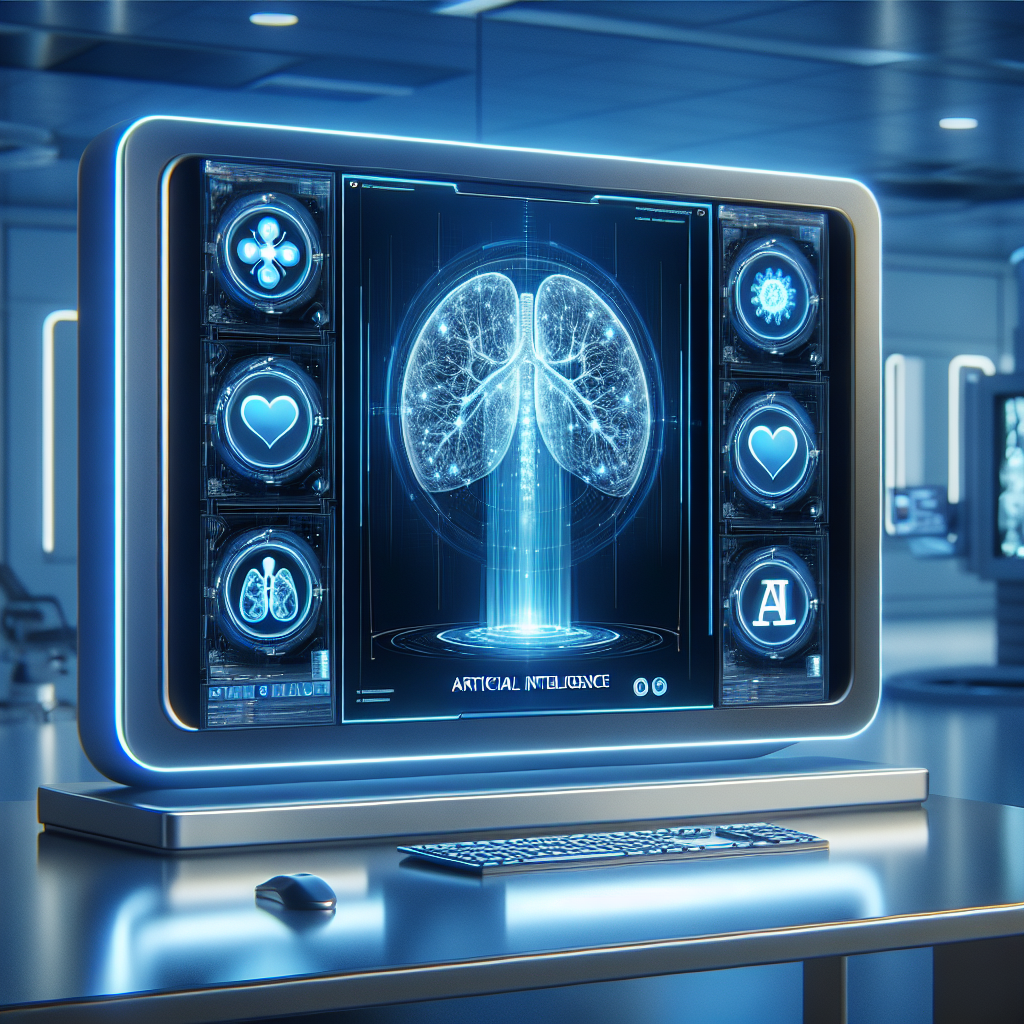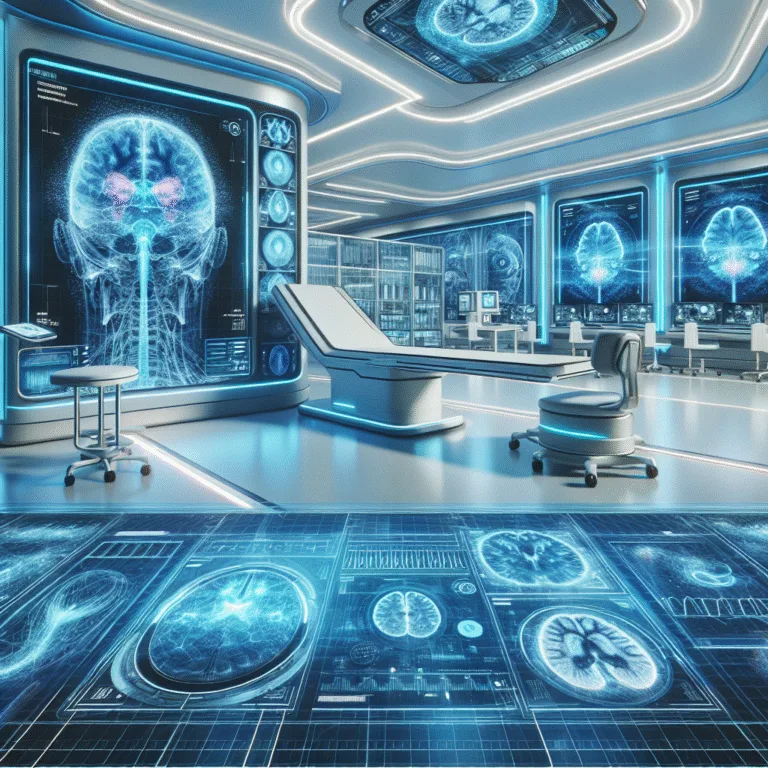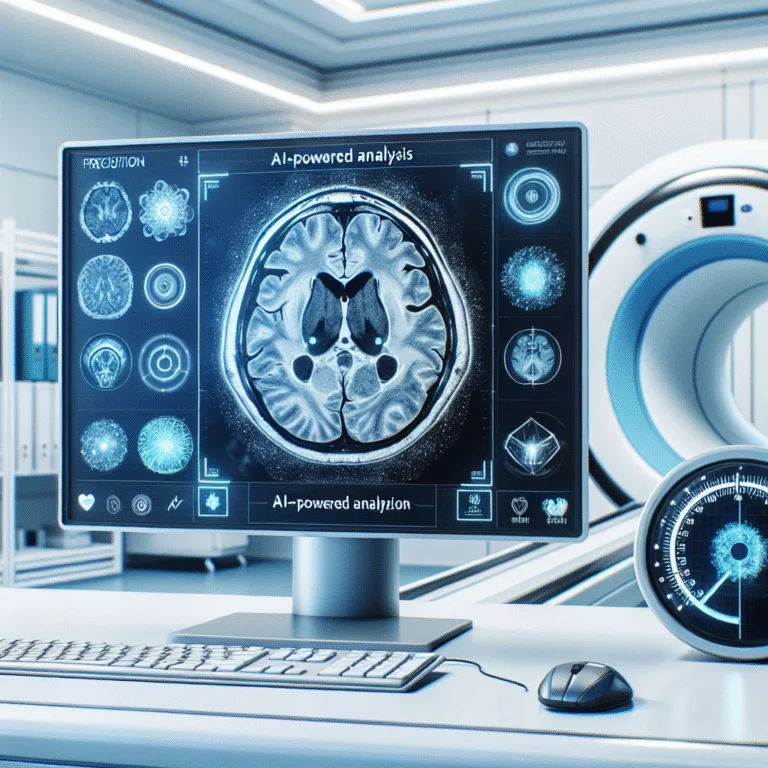The Top 5 Benefits of AI-Assisted Radiology Reporting in 2025
The Top 5 Benefits of AI-Assisted Radiology Reporting in 2025
Thinking about incorporating AI into your workflow? As we move through 2025, the advantages are clearer than ever. We explore the top five benefits of AI-assisted radiology reporting, including dramatic time savings, enhanced accuracy, improved report standardization, reduced burnout, and a more streamlined end-to-end workflow.
In 2025, the benefits of AI-assisted radiology reporting are becoming increasingly evident. As radiologists face growing workloads and the need for rapid, accurate diagnoses, AI has emerged as an essential tool in the field. By integrating AI into radiology practices, professionals can achieve significant improvements in efficiency and patient care.
1. Dramatic Time Savings
AI-assisted radiology reporting offers substantial time savings, allowing radiologists to focus more on patient care. AI algorithms can quickly analyze imaging data and highlight areas of interest, reducing the time spent on manual image review. This efficiency is crucial in high-volume settings where time is of the essence.
For example, AI can pre-screen images for common conditions, enabling radiologists to prioritize cases that require immediate attention. A study published in the Lancet found that AI tools reduced the average reporting time by up to 30%, significantly enhancing productivity.
2. Enhanced Accuracy
AI technologies have demonstrated the ability to enhance diagnostic accuracy. By leveraging machine learning algorithms, AI systems can detect subtle patterns and anomalies that may be missed by the human eye. This capability is particularly beneficial in complex cases where precision is paramount.
AI can assist in identifying conditions such as early-stage cancers or rare diseases, providing radiologists with a second opinion that can improve diagnostic confidence. As a result, AI-assisted reporting may lead to better patient outcomes and reduced rates of diagnostic errors.
3. Improved Report Standardization
Consistency in radiology reporting is essential for clear communication and effective patient management. AI can help standardize reports by using predefined templates and structured data entry, ensuring that all necessary information is included and formatted uniformly.
[Sample Radiology Report Template]
Patient Name: [John Doe]
Date of Examination: [MM/DD/YYYY]
Modality: [CT/MRI/X-ray]
Findings: [Detailed findings]
Impression: [Summary of findings]
Recommendations: [Further tests or follow-up]
Such standardization not only facilitates better understanding among healthcare providers but also supports data sharing and research initiatives. AI-driven templates ensure that reports are comprehensive and adhere to best practices.
4. Reduced Burnout
Radiologists often face high levels of stress and burnout due to demanding workloads and the pressure to maintain accuracy. AI can alleviate some of this burden by taking over repetitive tasks and streamlining workflows. This allows radiologists to allocate more time to complex cases and professional development.
By automating routine tasks, AI helps reduce cognitive load and fatigue, contributing to a healthier work-life balance. A survey by the Radiological Society of North America suggests that AI implementation is associated with a 20% decrease in reported burnout symptoms among radiologists.
5. Streamlined End-to-End Workflow
AI-assisted radiology reporting can streamline the entire diagnostic process, from image acquisition to report generation. By integrating AI with existing systems, radiologists can achieve a seamless workflow that minimizes delays and enhances coordination among healthcare teams.
For instance, AI can automate the initial triage of images, prioritize urgent cases, and facilitate communication between departments. Such integration ensures that patients receive timely diagnoses and that treatment plans are initiated without unnecessary delays.
To explore how AI can transform your radiology practice, consider utilizing Rad Report AI, which offers advanced tools for faster, smarter reporting.
In conclusion, the benefits of AI-assisted radiology reporting in 2025 are substantial, offering time savings, improved accuracy, standardized reports, reduced burnout, and streamlined workflows. As AI technology continues to evolve, its role in radiology will likely expand, providing even greater support for healthcare professionals.
🚀 Try Rad Report AI For Free — and experience faster, smarter reporting today.







